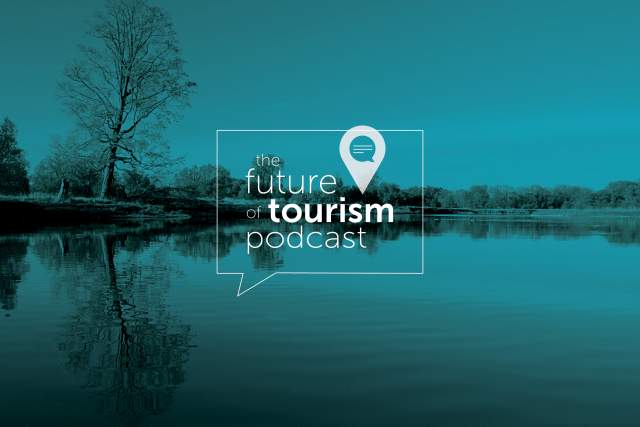Over the last three years on the Future of Tourism, we’ve talked a lot about destination development, stakeholder engagement, and the regenerative power of tourism when it's done well. But as my friend Petra Stušek, president at ECM and CEO of Ljubljana Tourism, likes to say — as of today, August 2022, almost every destination organization in the world has moved on.
That is to say, almost every destination organization in the world is currently grappling with their role and function locally, how they engage better with their citizens and stakeholders, and what tools they use to craft this new, more perfect union. No more proselytizing and navel-gazing: it's time to get to work.
In the end, engagement is engagement. There is no substitute for getting out there, meeting, sharing, and understanding. Inevitably, it leads to great things that only become apparent when you open your mind to the possibilities of what other people are thinking.
One exemplary and ongoing destination development project is the Grand River in Southern Ontario, Canada. The river, which winds 266 kilometers to Lake Erie, is one of the original Canadian Heritage Rivers that played a significant role in the settling of the Canadian interior in the 1800s.
But how do you develop a river? Where do you start? In the case of the Grand River, you begin with stewardship and story.
My guests today are Tristin Vogel and Peter Smith. Vogel is the project manager at Regional Tourism Organization 4 (RTO4) in Ontario, a small government-funded incubator of tourism development that has been hitting it out of the park for about a decade. Smith is a renowned Canadian actor, director, and playwright who comes to the Grand River Project from a completely different angle.
Let’s dive in.

